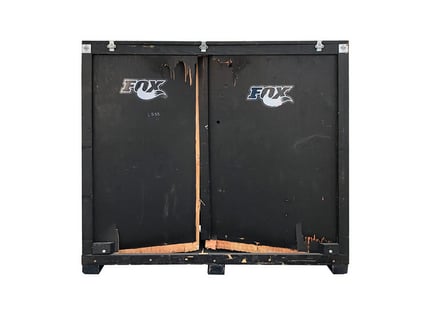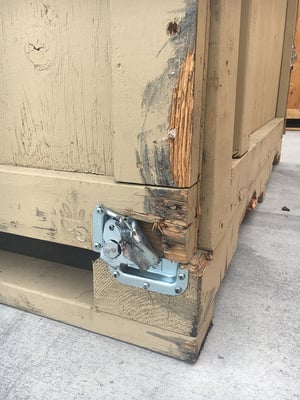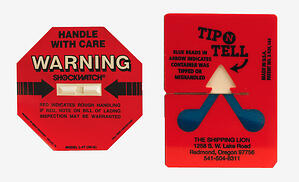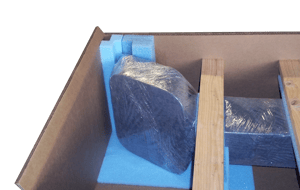Crating fragile items can be intimidating and stressful. With so many sealing, marking, and cushioning techniques, packaging fragile items can be quite confusing as well.
Fortunately, Valley Box has on-site packaging services and a professional packaging facility where our expert crating technicians have the knowledge, experience, equipment, and materials to package your product properly and in a timely manner.
While Valley Box always does it’s absolute best to protect your fragile items, on rare occasions fragile items can be damaged during transport.

Common causes that are often outside of our control include:
- Severe impact
- Package design flaws
- Improper stacking
- The end users improperly handling
- Hidden damage from internal failure
 Occasionally, when products are damaged or destroyed, the blame game can come into play. It is important to note that from time to time a packaging company may use a freight company or hire carriers.
Occasionally, when products are damaged or destroyed, the blame game can come into play. It is important to note that from time to time a packaging company may use a freight company or hire carriers.
To make sure the cause of damage and the parties involved are identified for insurance purposes, we recommend the steps below to protect your company:
- First, identify what the cause of damage may be.
- If your crating is very repetitive, standardized, and involves packaging larger amounts of products every day, lab testing the packaging may reveal the cause of damage.

- For all types of manufacturing, other steps should include taking a photo of the packaged product prior to shipment. Ask the same of your client if the package is received damaged.
 If you suspect that the carrier is mishandling your shipments, include damage indicators like a Tip N Tell (which shows when packages tip in transit) or Shock Watch (which shows if the package experienced an strong impact) these can provide valuable evidence to support a damage claim.
If you suspect that the carrier is mishandling your shipments, include damage indicators like a Tip N Tell (which shows when packages tip in transit) or Shock Watch (which shows if the package experienced an strong impact) these can provide valuable evidence to support a damage claim.
- If there are handling, transport, and unpacking procedures, include visual instructions on the outside of the package.
Identify the cause of damage, then assess the solutions:
 Change your crating procedures.
Change your crating procedures.- Choose an alternative solution to improve the packages performance.
- Safeguard against fraudulent damage claims from customers with damage indicators.
- Get to know your distribution environment and possible variables associated with land, sea, air, or rail transport. The International Safe Transit Association (ISTA) can help.
The ISTA has four basic categories of hazards that may occur during distribution including;
- Shock
- Vibration
- Compression
- Atmospheric
Each hazard category has a major test category associated with it and there are 13 associated test types.
Contact the ISTA for further information on crating testing at ISTA.org. Remember, packaging fragile items should be left to the professionals.



